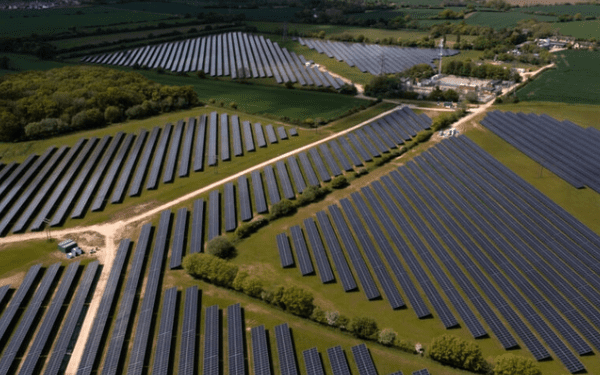Australia authorised plans on Wednesday for a gigantic solar and battery farm that would export energy to Singapore.
The project in Australia’s far north, , dubbed the “world’s largest solar precinct, which is expected to power three million homes, is estimated to cost US$24 billion.
Environment Minister Tanya Plibersek, said “It will be the largest solar precinct in the world — and heralds Australia as the world leader in green energy.”
It is hoped that energy production will begin in 2030, providing four gigawatts of energy for domestic use.
Two more gigawatts would be sent to Singapore via undersea cable, supplying about 15 percent of the city-state’s needs.
SunCable Australia’s managing director Cameron Garnsworthy said the approval was “a landmark moment in the project’s journey”.
Despite Wednesday’s green light, numerous approval processes and other hurdles remain.
The project depends on sign off from Singapore’s energy market authority, Indonesia’s government and Australian Indigenous communities.
Countries around the world are racing to bring major solar projects online to ease the transition away from polluting fossil fuels.
China leads the way, and is building almost twice as much wind and solar capacity as every country combined.
Earlier this year it brought online the 3.5 gigawatt Midong solar farm, its largest facility so far.
In contrast, Australia remains one of the world’s leading exporters of coal and gas, despite being ravaged by the effects of climate change — from intense heat to floods and bushfires.
And although Australians are among the world’s most enthusiastic adopters of household solar panels, a string of governments have been hesitant to embrace renewables.
Director of the Energy Change Institute at the Australian National University Ken Baldwin said the project was a “world first” for exporting renewable electricity from solar and wind on such a scale.
Climate Council chief executive Amanda McKenzie said the new solar hub was a bold step in making Australia a “clean energy powerhouse” and that such projects were essential in “delivering affordable energy and slashing climate pollution”.
“With the closure of coal-fired power stations on the horizon, Australia needs to accelerate the roll-out of solar and storage at every level-rooftops, large-scale projects, and everything in between,” she said.














